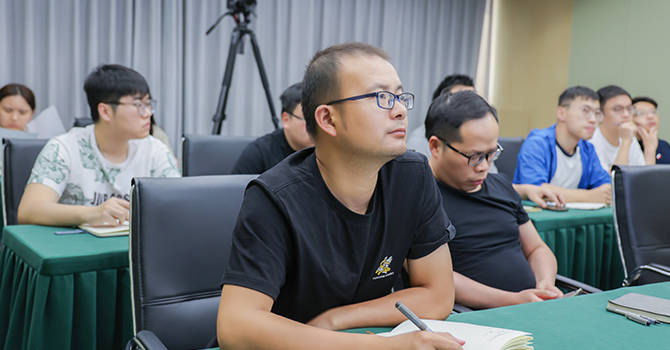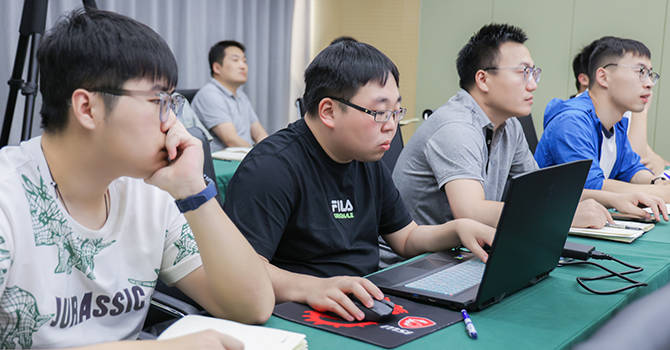In order to comprehensively improve the safety production evaluation ability of our safety management personnel and technical personnel, strengthen the internal risk evaluation work. LUVA held a special training on HAZOP analysis on the afternoon of June 28, 2023. It is hoped that through this training, the relevant personnel can comprehensively and systematically analyze the possible deviation causes, consequences and existing protection measures of the process equipment, and then determine the risk level and propose recommended measures.

HAZOP analysis is a process hazard analysis method widely adopted by the industry. It is a risk assessment method that can be used for qualitative analysis based on system engineering, and is used to find out the hazards and causes in the production equipment and process. It is one of the important means to effectively investigate potential accidents, prevent major accidents and achieve safe production.

This training is hosted by our Technical Department. Senior Engineer Lee explained in simple terms from four aspects, that is HAZOP analysis method and steps, advantages and limitations, preparation method of analysis report and quality evaluation standard. He also connected with actual projects to identify problems in design defects, process hazards and operability, and put forward targeted suggestions and measures.

Everyone said that they were deeply impressed by the painful lessons of accidents caused by process safety design defects, equipment failures and imperfect operating procedures, and also made them understand the importance of HAZOP analysis.
This professional training allowed everyone to master the scientific safety risk analysis method, which effectively increased the participation in the safety evaluation process. This also comprehensively improves the comprehensive ability of risk assessment of safety management personnel and technical personnel. LUVA will strive to strengthen the level of safety risk management and enhance the ability of safety risk management and control through continuous learning of professional technical knowledge and advanced safety risk management experience.




